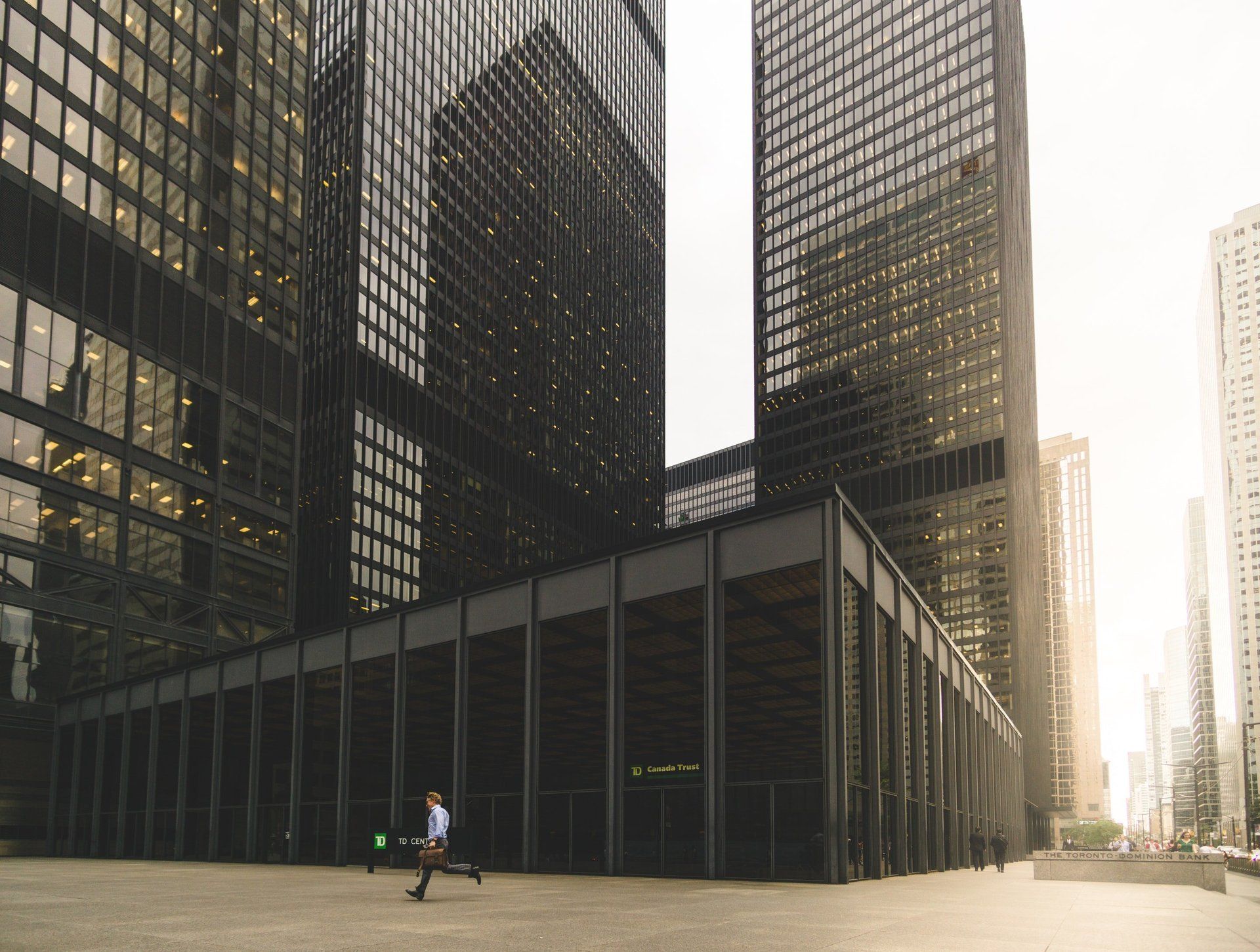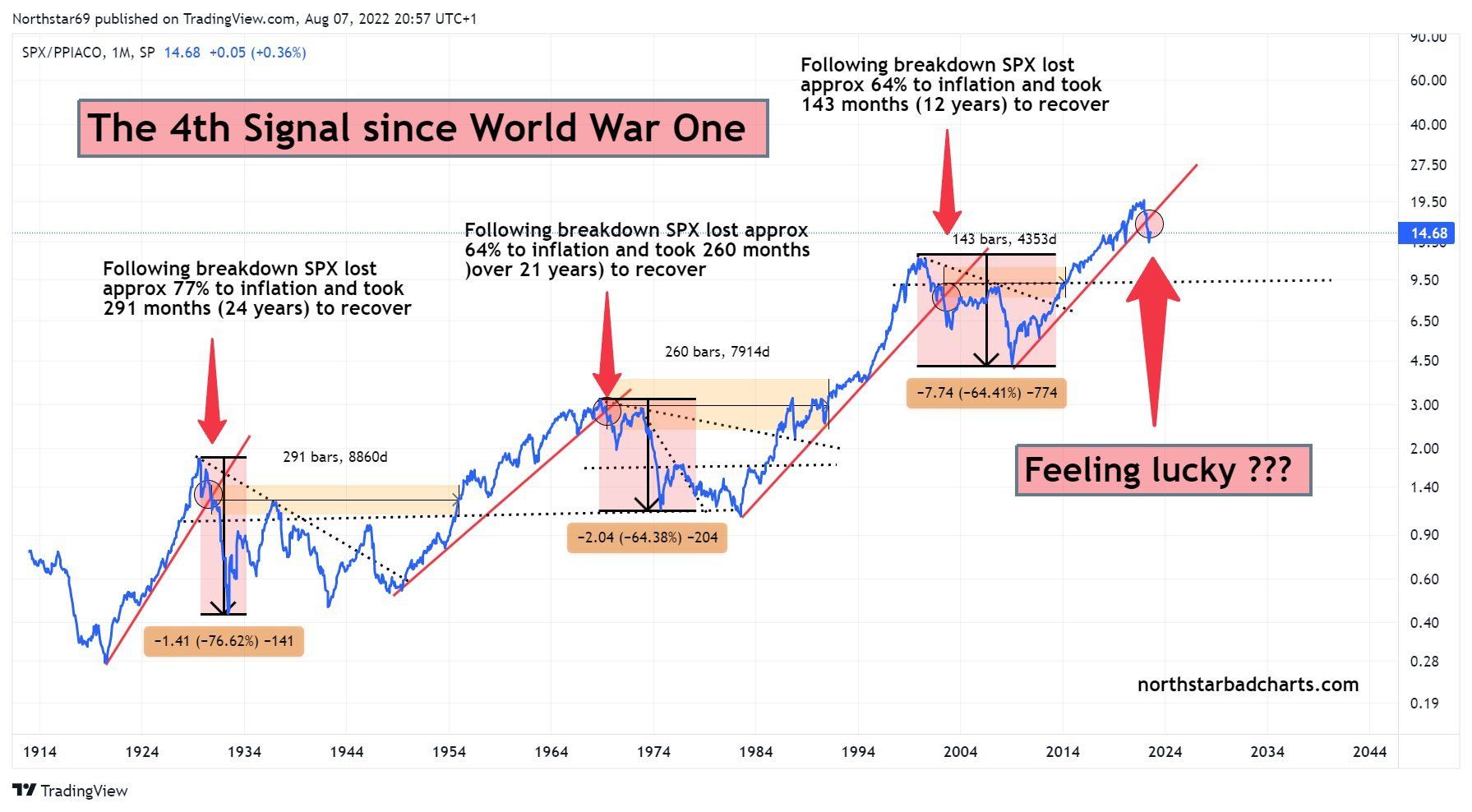

Alternatives Make Up Majority of Family Office Portfolio
Survey finds alternatives generated 10.2% average return in 2018.
Alternative investments made up the biggest part and were the best-performing asset class for a typical family office portfolio in 2018, according to a new survey from research firm Peltz International.
The survey of 21 family offices found that alternative investments made up more than 52% of family office portfolios, compared to 22% for equities and 15% for fixed income. This is up from the firm’s last survey in 2016, which found that alternatives made up 41.3% of family office portfolios at the time.
The asset class also returned 10.2% during 2018, while the overall family portfolio generated a 7.9% average return. After alternatives, fixed income-developing countries provided the second-highest average return at 8.5%, while equities-developing countries was the only category with a negative return in 2018, losing 6%.
Within alternatives, private equity-direct generated the highest average return in 2018 at 21.4%, followed by private debt at 10.5%; private equity funds at 10.1%; and hedge funds at 3%. Real estate investment trusts was the only category with a negative average return, losing 2.0% for the year.
“In comparing the 2018 survey with our 2016 survey, the average family office surveyed has fewer employees–13 in 2018 compared with 17 in 2016,” said Lois Peltz, author of the report. “There has been an increase in staff in the philanthropy function while there has been a decrease in staff involved with investment activities. However, investment staff remains the largest category.”
The survey also found that more than half of the family offices plan to increase allocations to alternatives in 2019, while one-third said they will increase their allocation to cash, with another one-third planning to boost exposure to equities-developing country.
Among those planning to increase their exposure to alternatives, 29% say they will increase their allocation to real estate direct investments, while the same percentage said they plan to boost allocations to private equity funds. Hedge funds currently account for the largest percentage of alternatives for family portfolios at 28%, followed by real estate direct investments at 26%, and private equity funds at 20% of alternatives. Cryptocurrencies represented only 0.5% of the portfolios, while cannabis investments weren’t cited by any of the surveyed families.
Other highlights of the survey include:
Tags: alternatives , Family Office , Peltz International , private equity

